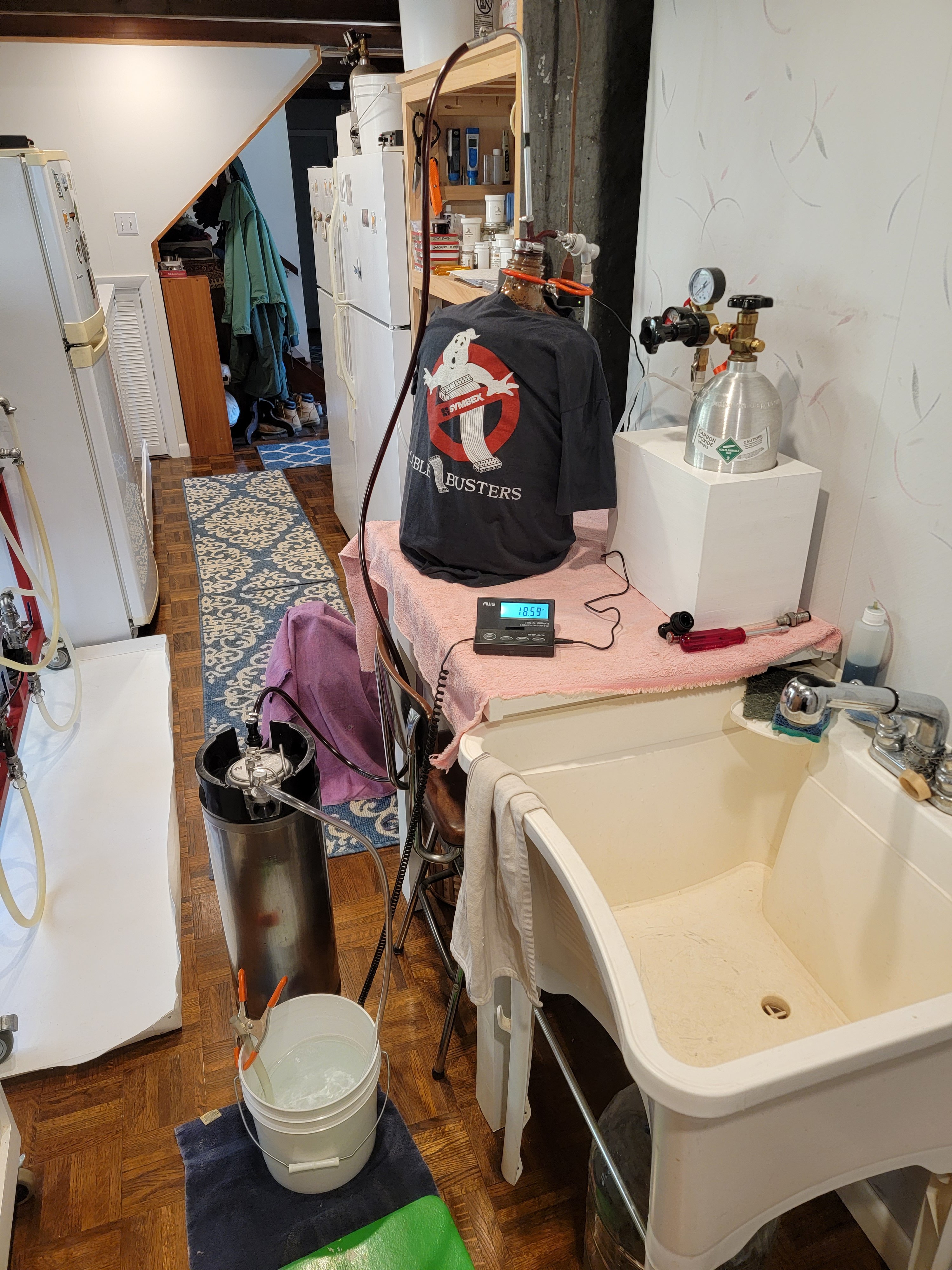OK - this may be a really simplistic question - when you're filling the keg, how do you know when it's "full"? I'm getting ready to keg a batch for the first time using a 2.5 gallon corny keg. I know I have a little over 3 gallons in my fermenter, so I'll have a couple of bottles to fill at the end. Since there are no volume markings on the keg, and it's obviously not see-through, not positive how I know when I'm not underfilling or overfilling.
Is it as simple as filling it with 2.5 gallons of water (still need to clean and sanitize it anyway) to see how high that comes, then eyeballing it while keeping an eye on the amount in the fermenter when I transfer the beer? I know it's not a huge deal if it's a little over or under the 2.5 gallons, but I don't want to inadvertently leave too little headspace (or for that matter have to bottle more than I have to)
Thanks!
Is it as simple as filling it with 2.5 gallons of water (still need to clean and sanitize it anyway) to see how high that comes, then eyeballing it while keeping an eye on the amount in the fermenter when I transfer the beer? I know it's not a huge deal if it's a little over or under the 2.5 gallons, but I don't want to inadvertently leave too little headspace (or for that matter have to bottle more than I have to)
Thanks!

























































![Craft A Brew - Safale BE-256 Yeast - Fermentis - Belgian Ale Dry Yeast - For Belgian & Strong Ales - Ingredients for Home Brewing - Beer Making Supplies - [3 Pack]](https://m.media-amazon.com/images/I/51bcKEwQmWL._SL500_.jpg)


